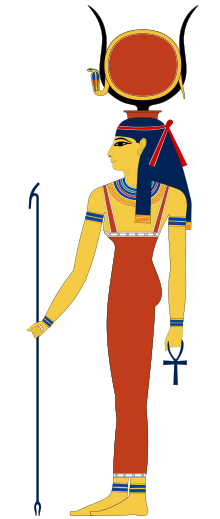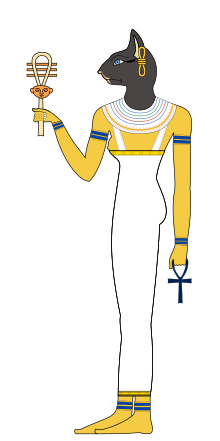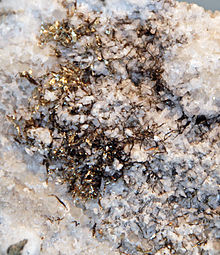A Rose is a rose
| Hathor | |||
|---|---|---|---|
 Composite image of Hathor's most common iconography, based partly on images from the tomb of Nefertari | |||
| Name in hieroglyphs | Egyptian: ḥwt-ḥr | ||
| Major cult center | |||
| Parents | Ra | ||
| Consort | |||
| Offspring | Ihy, Neferhotep of Hu, Ra (Cycle Of Rebirth) | ||
| Bastet | ||||
|---|---|---|---|---|
 | ||||
| Name in hieroglyphs | ||||
| Major cult center | Bubastis | |||
| Symbol | lioness, cat, ointment jar, sistrum, solar disk | |||
| Genealogy | ||||
| Parents | Ra and Isis | |||
| Siblings | Horus and Anhur (half-brothers) | |||
| Consort | Ptah (in some myths) | |||
| Offspring | Maahes | |||


Electrum is a naturally occurring alloy of gold and silver,[1][2] with trace amounts of copper and other metals. Its color ranges from pale to bright yellow, depending on the proportions of gold and silver. It has been produced artificially and is also known as "green gold".[3]
Electrum was used as early as the third millennium BC in the Old Kingdom of Egypt, sometimes as an exterior coating to the pyramidions atop ancient Egyptian pyramids and obelisks. It was also used in the making of ancient drinking vessels. The first known metal coins made were of electrum, dating back to the end of the 7th century or the beginning of the 6th century BC.






Comments
Post a Comment
No Comment